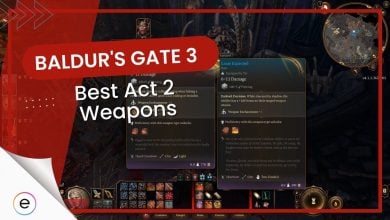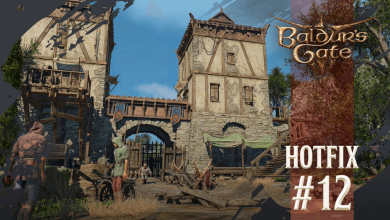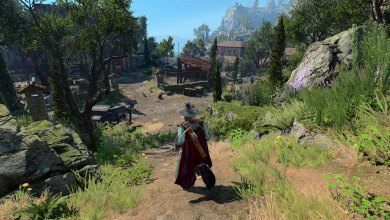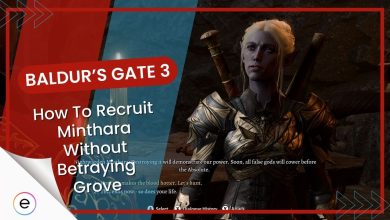Among all the 11 classes, the Baldur’s Gate 3 Druid build is ideal for players looking for a diverse playstyle thanks to this class’ ability to utilize all kinds of in-game spells. With the latest patches since release, the newly added spells and balancing have made Druids more effective than ever, so having an optimal build around it will give you a considerable advantage in both PvP and PvE.
- Druid builds in Baldur’s Gate 3 focus on Wisdom, Charisma, and Constitution for spellcasting and Wild Shapes.
- Wild Shapes grant a separate HP bar, unique abilities, access to map areas, and bonding with creatures.
- Druids excel as healers and can also support co-op play.
- At Level 2, players choose between two Druid subclasses:
- Circle of the Moon enhances the Wild Shapes ability.
- Circle of the Land offers a broader range of offensive, defensive, and healing spells.
- For an optimal Druid build, prioritize these stats during Character Creation:
- Choose Guild Artisan origin
- Select Dwarf race, Gold Dwarf subrace
- Pick Shillelagh and Thorn Whip as Cantrips
- Opt for default Prepared Spells.
- Author’s Note: I’ve played Baldur’s Gate 3 for over 36 hours via Steam, experiencing every mechanic and element the title offers.
How Do Druids Builds Work?
As a Druid build, your character primarily depends on the Wisdom stat for attack, defense, and other spellcasting types. But aside from Wisdom as your primary stat, you should also focus on raising Constitution and Charisma since they usually tie in with most Druid-related spells, like transforming into animals.
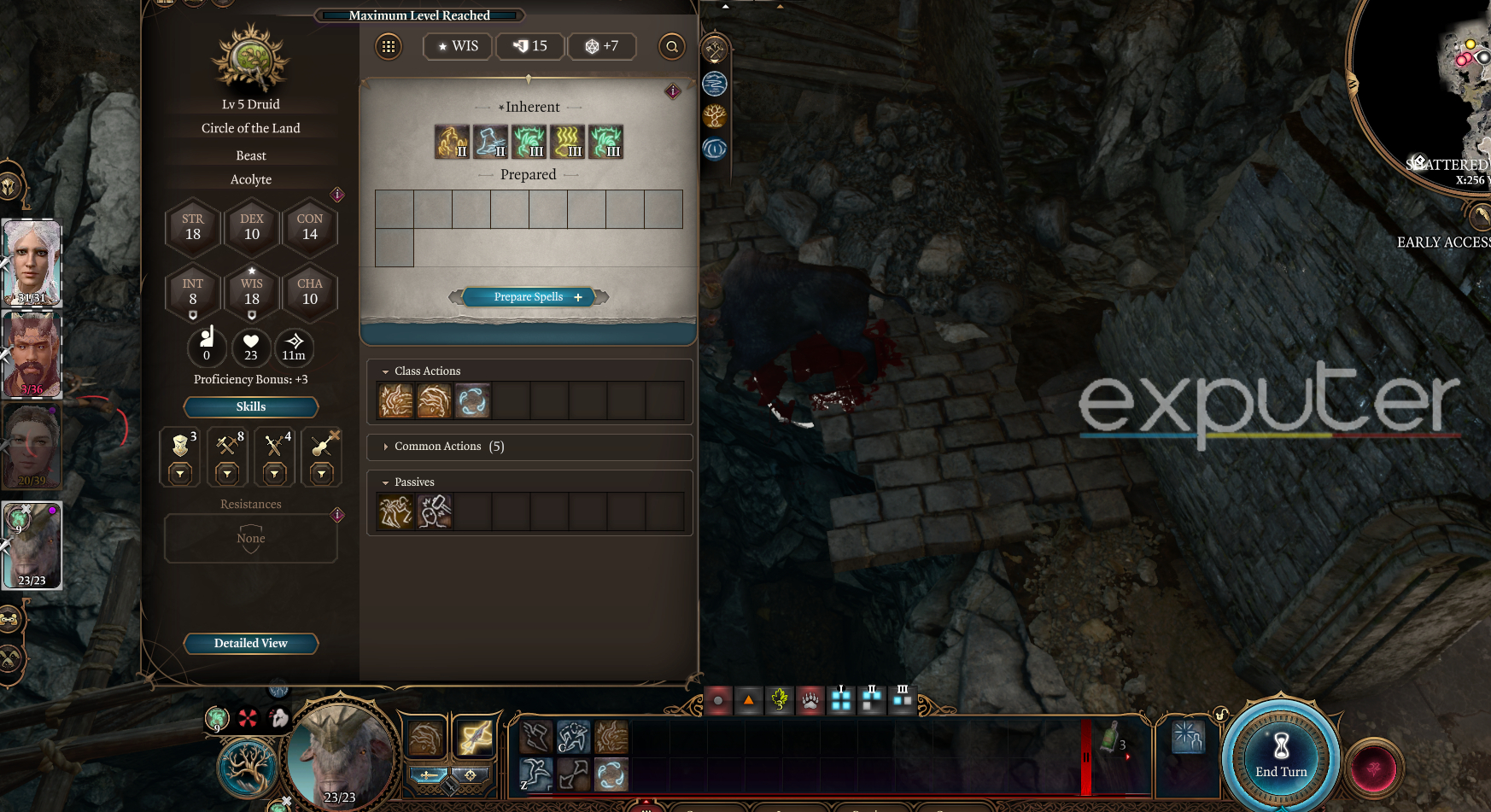
-
- Aside from Clerics, Druids are the best class for healing yourself and your teammates with spells.
- However, while they’re not as good as Clerics for healing, they make up with better attack and defense-based spells.
- Another common tactic for Druid players is shapeshifting into animals, giving you a new HP bar separate from your main character’s bar and many new attacks.
Druid Subclasses
After reaching Level 2 as a Druid, you’ll have to choose any 1 of the 2 subclasses for your build – Circle of the Moon or Circle of the Land. While both subclasses utilize spells and shapeshifting, key differences separate their playstyles.
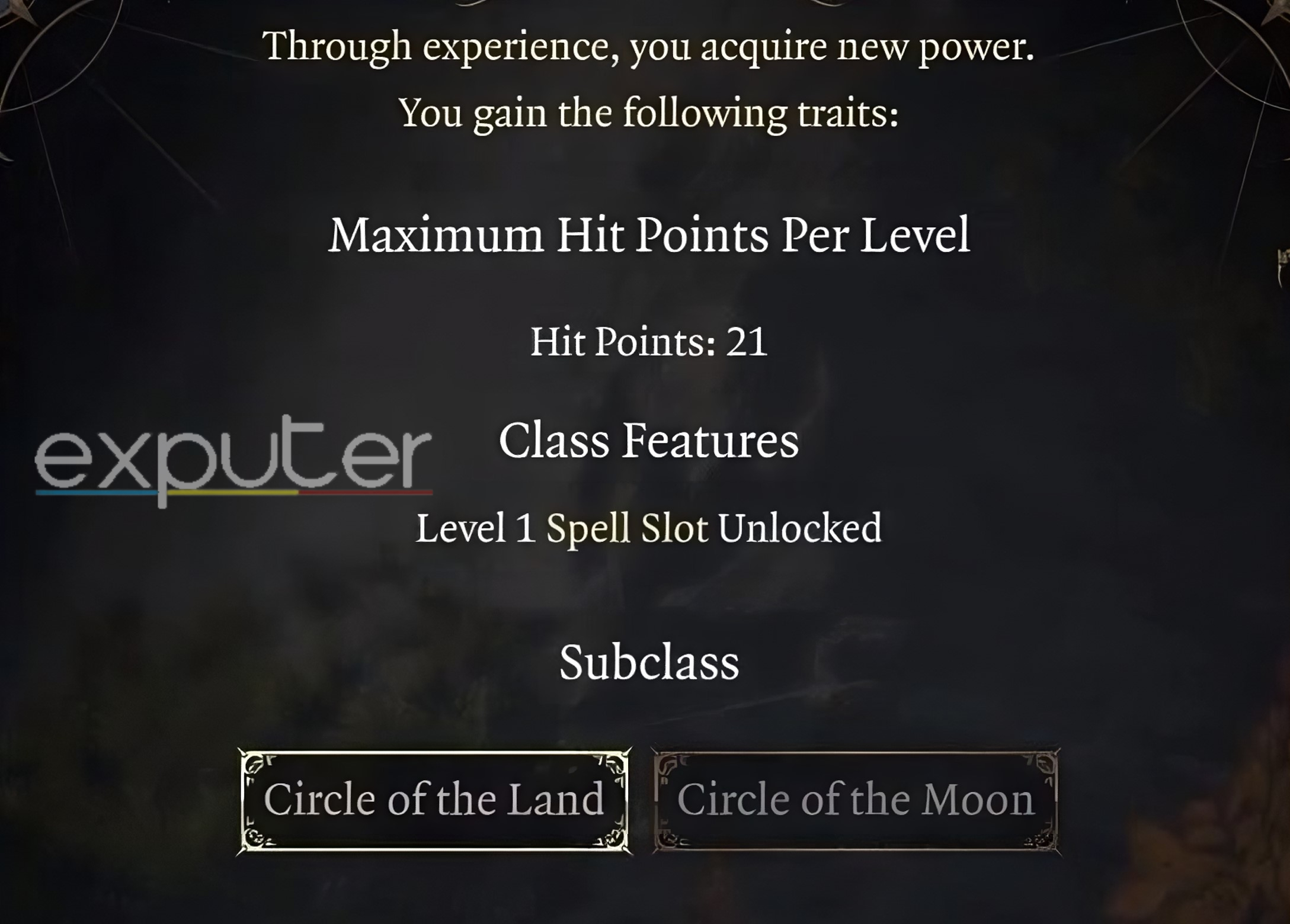
-
- Land Druids have a larger and better collection of spells, arguably making them much better healers and/or attackers.
- On the other hand, Moon Druids are generally more focused on their Wild Shape (or Animal Transformation) abilities, often making them tank-like characters with more summoning variety.
- Regarding versatility, it depends on your preference since both subclasses are diverse in their toolkits.
- Moon Druids have better Wild Shape capabilities, while Land Druids’ spellcasting lets them be Support or DPS characters without completely changing their build.
To better understand how these subclasses work, here’s a brief summary of specific benefits each of them possess:
| MOON DRUID BENEFITS | LAND DRUID BENEFITS |
|---|---|
| More variety in Wild Shape transformations | Access to more early-game spells, like Misty Steps |
| Buffs to Shapeshifting at Level 6 | Better spells to choose from at Levels 3 and 5 |
| Wider access to areas and building relationships | Stronger team utility during co-op |
| Slightly better versatility mid-combat | Gain access to Natural Recovery |
Shapeshifting Into Animals
As mentioned earlier, one of the key playstyles only available to a Druid build in Baldur’s Gate 3 besides casting spells is transforming into different animals via the Wild Shape ability. This ability becomes available once your character reaches Level 2, and you can have up to 2 replenishable Wild Shape charges.
- Druids have unique movement options through Wild Shapes, like the Cat for accessing tiny areas.
- You can concentrate on a spell cast before Wild Shape to apply buffs preemptively.
- Higher levels grant stronger Wild Shapes and the ability to cast spells while in Wild Shape.
- To cancel an ongoing Wild Shape, click ‘Dismiss Wild Shape’ on your panel.
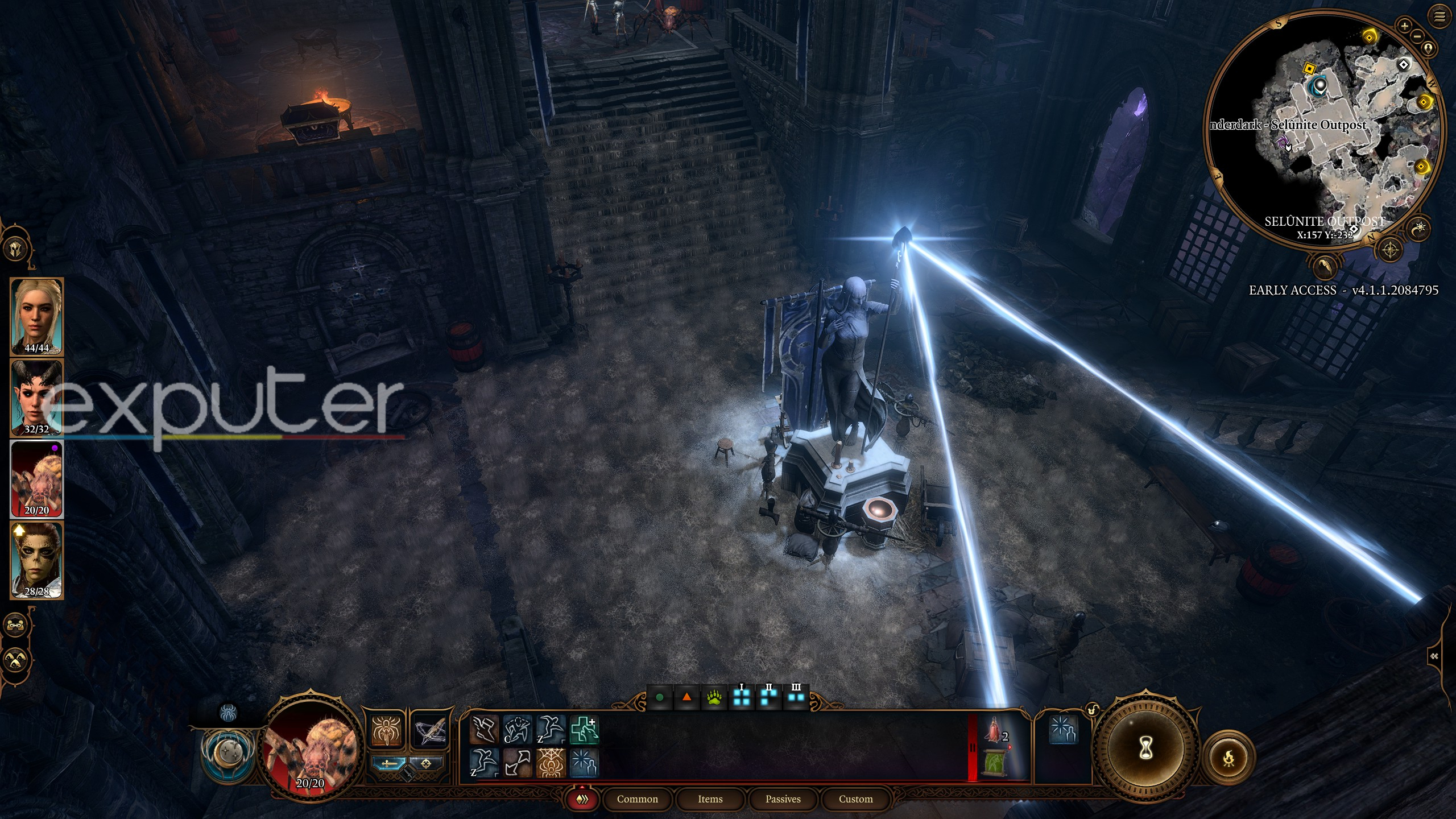
For more details, here’s a list covering all the animals you can transform into once you reach Level 2:
| ANIMAL | HP | BASE ATTACKS | ABILITIES |
|---|---|---|---|
| Cat | 2 | Claws: 1+0 slashing damage | Meow: Attracts enemies toward you |
| Badger | 13 | Claws: 1d4+0 slashing damage Bite: 2d4+0 piercing damage | Burrow: Digs underground and resurfaces at selected positions |
| Wolf | 18 | Bite: 2d6+0 piercing damage Exposing Bite: 1d4+0 piercing damage | Inciting Howl: Increases movement range of allies on their next turn |
| Spider | 20 | Venomous Bite (Poison): 1d8+0 piercing damage | Web: Ensnares enemies and can be caught on fire |
| Polar Bear | 30 | Claws: 2d4+0 slashing damage | Goading Roar: Taunts enemies so they attack you |
Tips For A Druid Build Character Creation
In the Character Creation Menu, you’ll have several choices to set up your character that’ll give you an early boost to raise your Wisdom, the main stat for this build. This includes selecting the best origin, race and subrace, cantrips, prepared spells, and skills.
Best Origin
Starting with the ‘Origin’ section, I recommend going for Custom Origin. From here, the Guild Artisan is easily one of the best Background choices for serving a Druid build, thanks to its high Wisdom and overall versatility.
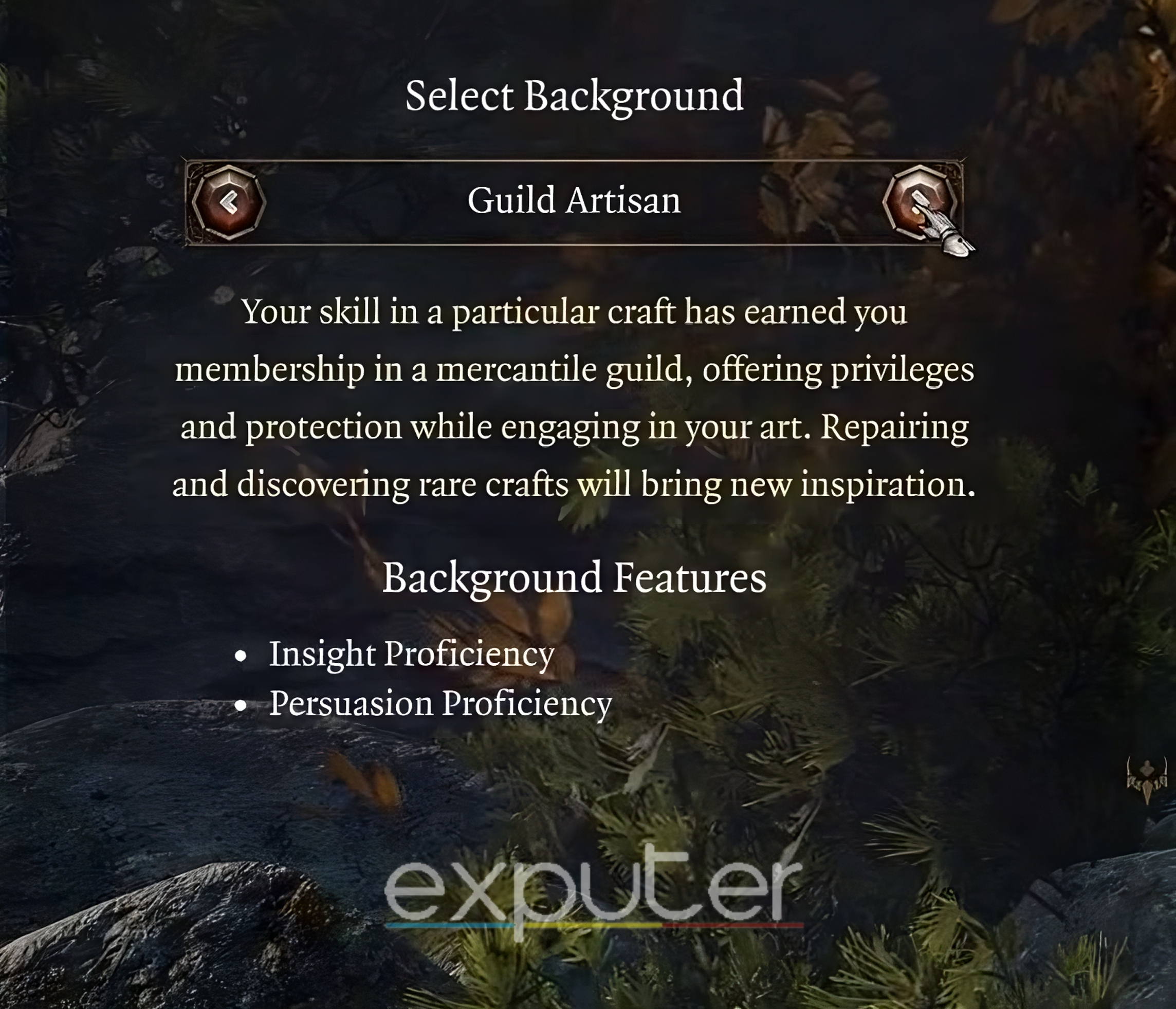
- Guild Artisan specializes in several powerful Wisdom-related proficiencies, including Stealth, Nature, Animal Handling, Insight, Persuasion, and Perception.
- This background also comes with added Insight and Persuasion Proficiency as Background Features, which are Wisdom and Charisma Skills, respectively, and help boost in-game relationships.
- These relationships will later help you gather and transform into beasts, another primary and exclusive skill for Druid builds.
Best Race And Subrace
Moving onto the ‘Race’ section, you’ll have several options affecting your stats and proficiencies. Each Race comes with certain Race Features, Subraces (except the Human race), and subtrace features. Since you’ll primarily need Wisdom as a Druid build in Baldur’s Gate 3, the easiest Race and Subrace combo to recommend is the Gold Dwarf.
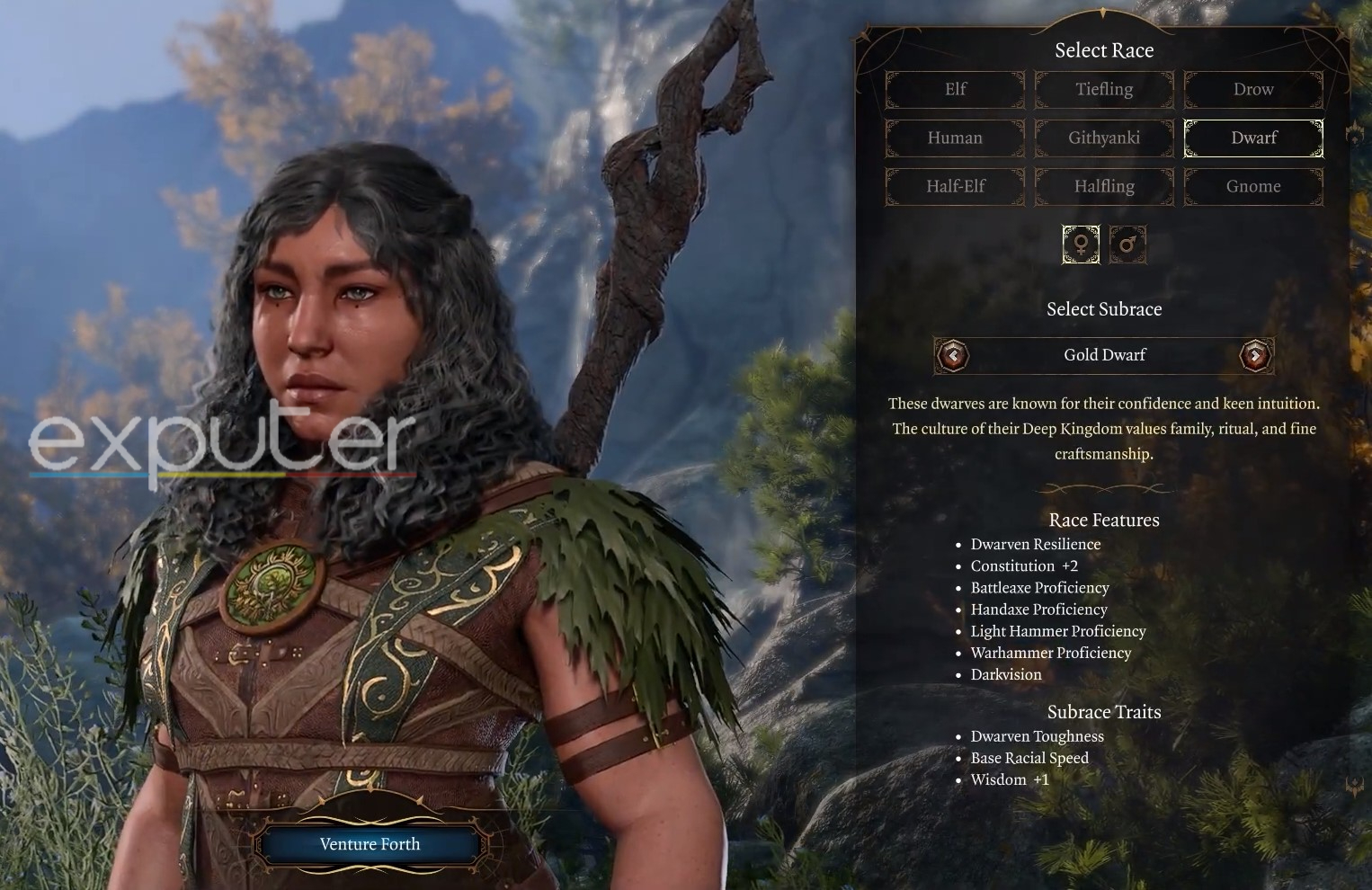
- Dwarves start with +2 Constitution, making them well-suited for Constitution-based spells, aiding defense and damage mitigation.
- They add proficiency (or effect) bonus with melee weapons like hammers and axes.
- Dwarves possess natural poison resistance, reducing damage from poison attacks.
- Among Dwarf subclasses, Gold Dwarf is ideal for Druids, granting +1 Wisdom and Dwarven Resistance, which boosts maximum HP by 1 and increases with levels.
Best Cantrips And Prepared Spells
In the Character Creation Menu, cantrips and Prepared Spells are additional items you can equip for your character. While these don’t have a significant impact, Cantrips will be a permanent part of your build, so it’s better to have a slight boost rather than none. Based on my experience, these are my recommendations:
- Ideal cantrip pair: Shillelagh and Thorn Whip, balancing buffs and attack.
- Shillelagh infuses your weapon with Nature’s Power, adding ongoing magic damage.
- Thorn Whip is a melee spell that pulls an enemy 3m closer to you, great for synergy with spike growth.
- This combo is effective in pulling enemies into spike growth, causing damage from both the whip and the growth.
- Thorn Whip suits Dwarf classes, which have limited movement (up to 7.5m per turn).

- Moving onto Prepared Spells, you can equip any 4 of them for now and can also replace them later in your playthrough.
- However, as a beginner, you should go for the default spells already equipped in the menu, which include:
- Cure Wounds: Touch a creature to heal it.
- Thunderwave: 2d8 Thunder: Release a wave of thunderous force that pushes away all creatures and objects.
- Entangle: Vines sprout from the ground, slowing creatures within and possibly Entangling them.
- Faerie Fire: Encase multiple targets in colorful light; The targets turn visible, and attack rolls against the targets have an advantage.
- This set of spells has a strong balance between healing, attacking, and resisting, thus helping you blitz through enemies, at least in the early-game phase.
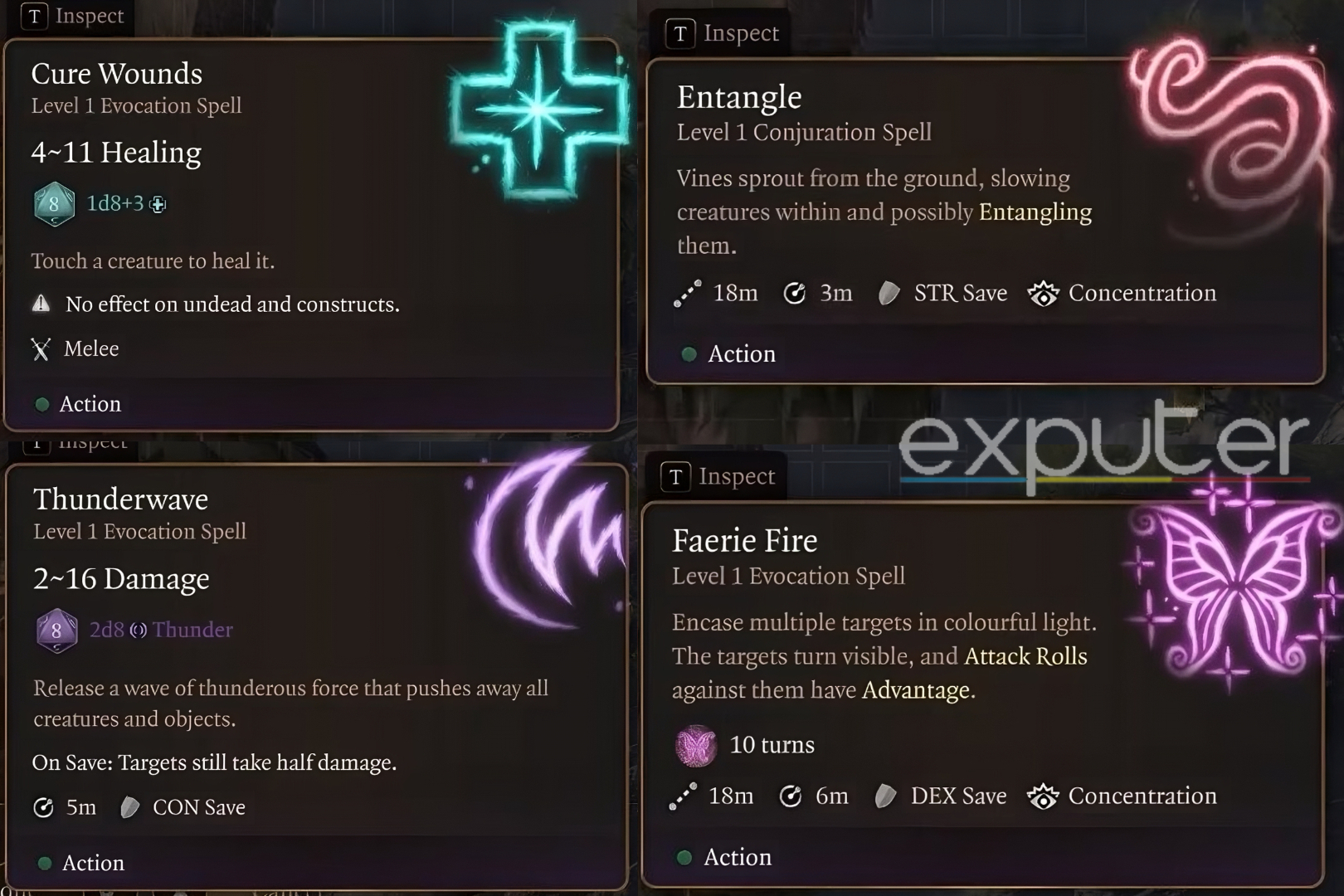
Best Skills And Abilities
For the final part of the Character Creation, you’ll have to allot bonus skills/proficiencies and levels to your character. Starting with the skills, you can choose any pair of Wisdom-dependent proficiencies since they all work well with a Druid build. I’d suggest going for Insight and Medicine since both are a Druid specialty while making it a better healer.
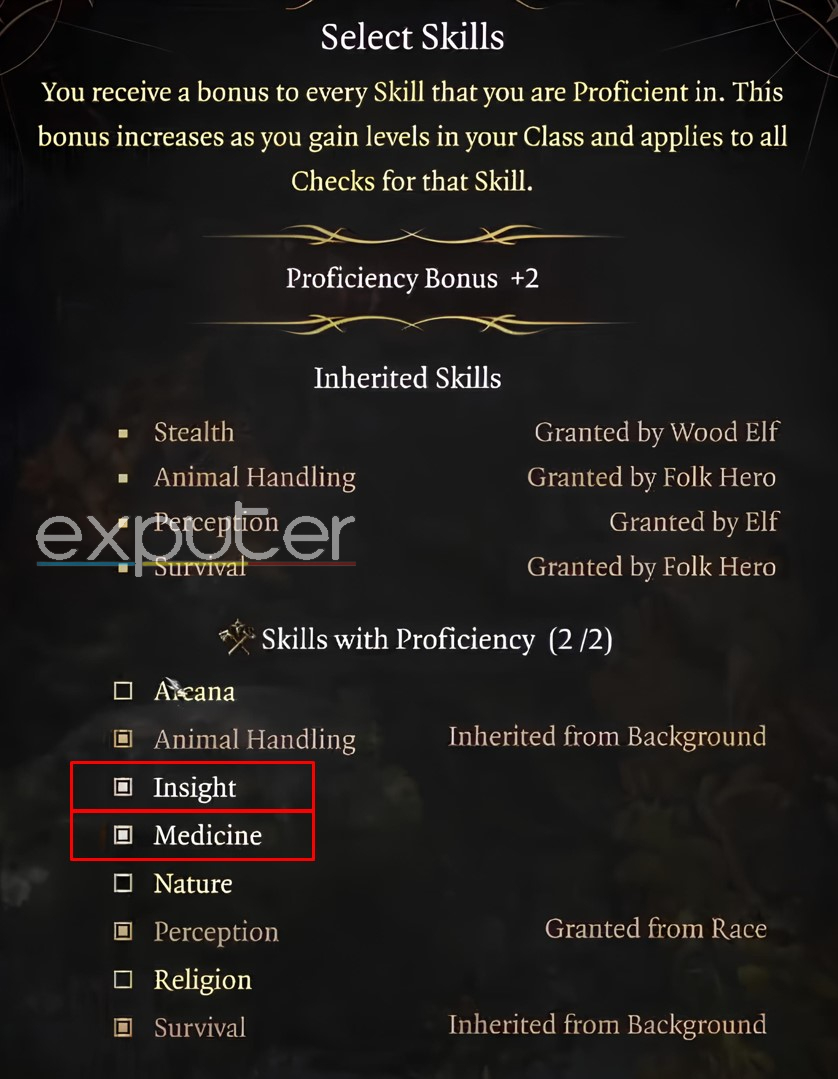
- As for the ‘Abilities’ section, you should first ensure you have at least 16 points in Wisdom.
- Once you’ve reached that milestone, you can then equally distribute your extra levels into Charisma and Constitution to be on the safe side.
- However, you could also put 1 extra level into Strength since it usually has good synergy with Dwarves, thanks to their buffs to melee weapons.
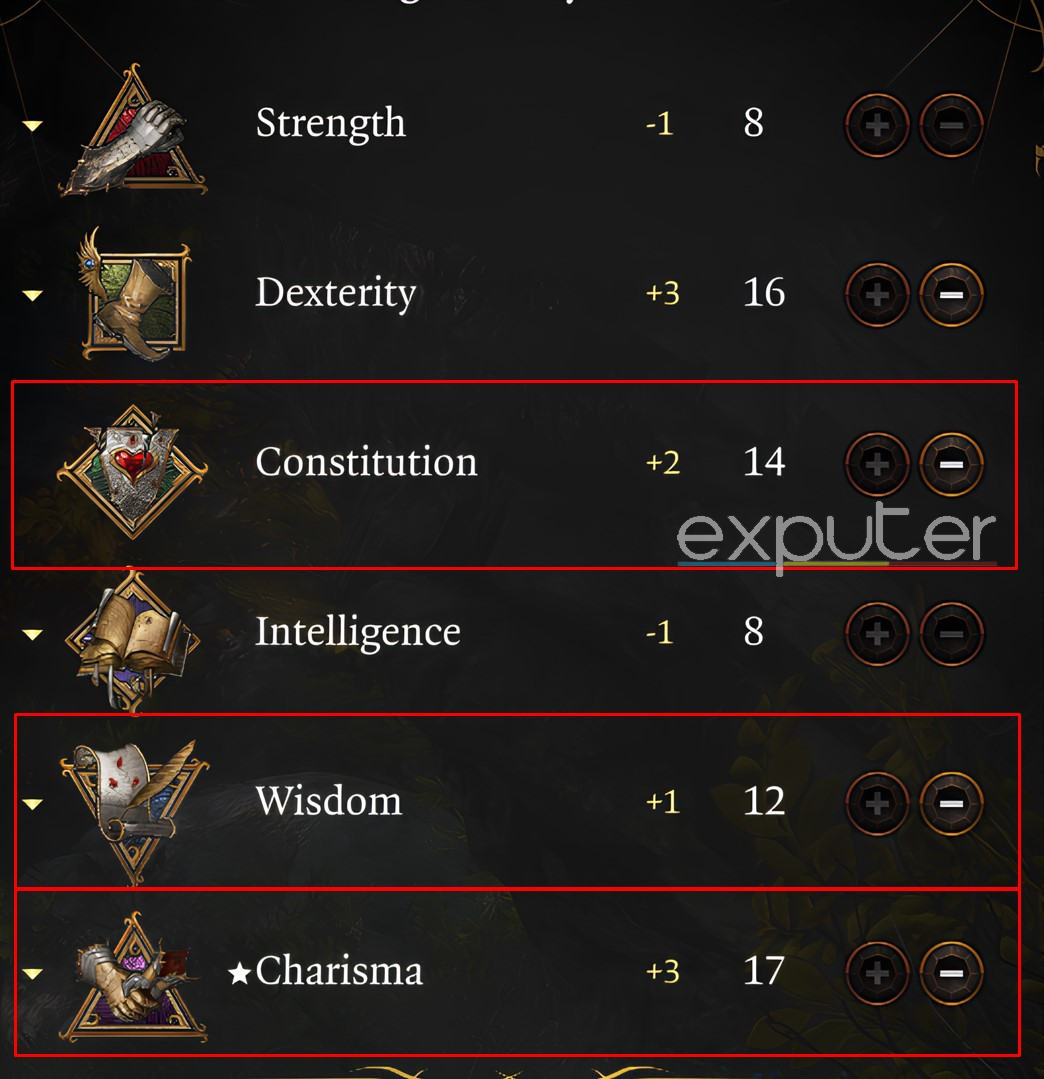
My Opinion On The Druid Class
In my personal experience, Druids are one of the most diverse classes in BG3. It is so fun to put their utility to use in the game and truly test its boundaries. Additionally, the high Wisdom trait is one you can really use well in quests that unlock much more lore than you’d normally be able to.

In my games that totaled up to over 36 hours of playtime, I have always opted for the Wild Shape Druids because they’re simply more fun. Just transforming into any creature and gaining its unique characteristics unlocks a whole new world for you to explore. However, you do have to play the game for quite a bit before you can access the Wild Shape feature.
Meanwhile, learn more about Baldur’s Gate 3’s Bear Scene to see what all the recent hype surrounding the title is about! Also, check out the Sorcerer class guide for Baldur’s Gate 3!
Up Next:
- Baldur’s Gate 3: BEST Paladin Build
- Baldur’s Gate 3: BEST Builds
- Baldur’s Gate 3: Warlock
- Baldur’s Gate 3: Cleric Class
- Baldur’s Gate 3 Wildheart Barbarian
Thanks! Do share your feedback with us. ⚡
How can we make this post better? Your help would be appreciated. ✍
